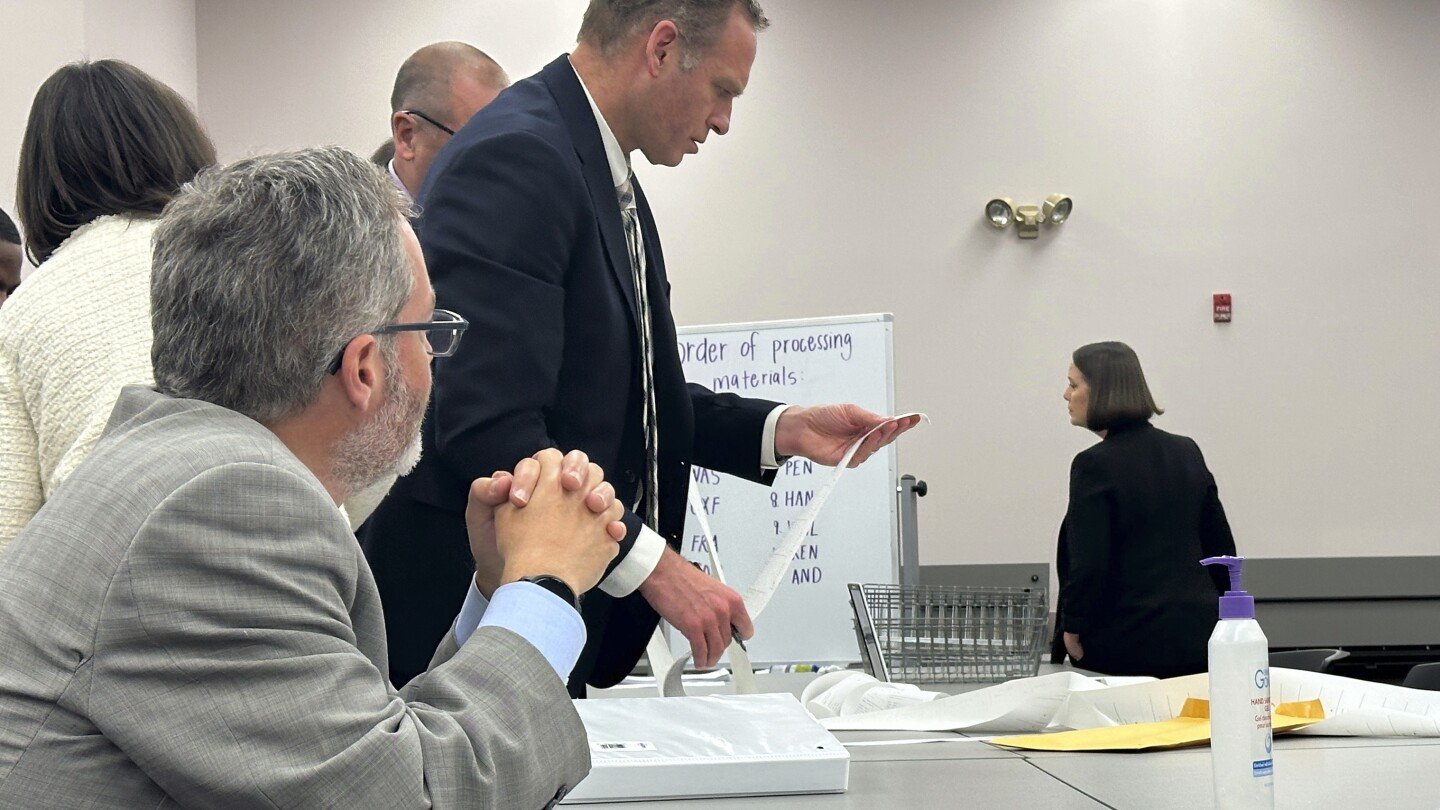Summary
Voters across eight states, including Arizona, Colorado, and Nevada, rejected ballot measures for election reforms such as ranked choice voting (RCV) and open primaries, despite a $110 million push from advocates.
The movement, inspired by Alaska’s 2020 adoption of these reforms, failed to gain traction, with critics citing confusion and doubts over RCV’s benefits.
Some reforms succeeded locally, including in Portland, Oregon, but opposition remains strong.



So what would be the threshold for Senator representation split? Obviously if a state is 50/50 it would be one of each. But when would they both go to one party? 67/33?
Also, how do they determine who is at the top of the ballot for each party? The primary?
As a resident in a red state that regularly votes more than 1/3 Democratic but has 100% Republican representation in congress, I would love to have some representation.
The Senate couldn’t exist, because it is inherently disproportionate. The Senate would have to be abolished and the house of representatives would have to be expanded and restructured.
The US is unique. We are the only democracy that is also a federation of semi-autonomous states, each with its own constitution and somewhat independent legislature. I believe in other democracies that don’t have semi-autonomous, semi-independent states, what they do is hold a national, parliamentary election in which people vote for parties, not necessarily individual candidates. Seats in parliament are then assigned to each party based on the percentage of the popular vote they receive. So, if a parliament has 100 total seats, and 25% of the people vote for a specific party, that party gets 25 seats.
The US federal house of representatives already assigns seats proportionally to each state based on population. I don’t know how it would need to be restructured so that there would also be proportional representation based on political affiliation. I would have to think about that.
Edit: I guess one way it could work is the federal house would give each state a certain number of seats based on the state’s population, and then each state’s block of seats would be divided among the parties based on the percentage of votes they get in that state. And then representatives could join up with representatives from other states that belong to their same party. I don’t know, I suppose that’s one option.
The US is weird. Most other democracies have a single, national government instead of separate state and federal governments. Also, most other democracies have MUCH smaller populations than the US.
In the Dutch parliamentary system we do have a two-house structure (i.e. we have a Parliament and a Senate), while also having proportional representation.
There is a national election every four years that determines the make-up of the national parliament. The result directly proportionally determines the seat division (150 seats total).
There is also a provincial election every four years. This directly proportionally determines the seat division of the respective provincial houses.
But it also indirectly determines the make-up of the Senate. The provincial houses hold their own election and vote for the seat division of the Senate (75 seats total for 12 provinces).
It is traditionally seen that Parliament proposes, argues and passes legislation, while the Senate checks the passed legislation for constitutionality before giving it their sign of approval.
Another view is that Parliament is the direct representation of the people, while the Senate is the national representation of the provincial houses.
I think it is worth keeping in mind that an electoral system doesn’t have to be exactly like the theoretically pure version. You can mix and match elements to something that would suit your situation best (for instance in terms of achievability)